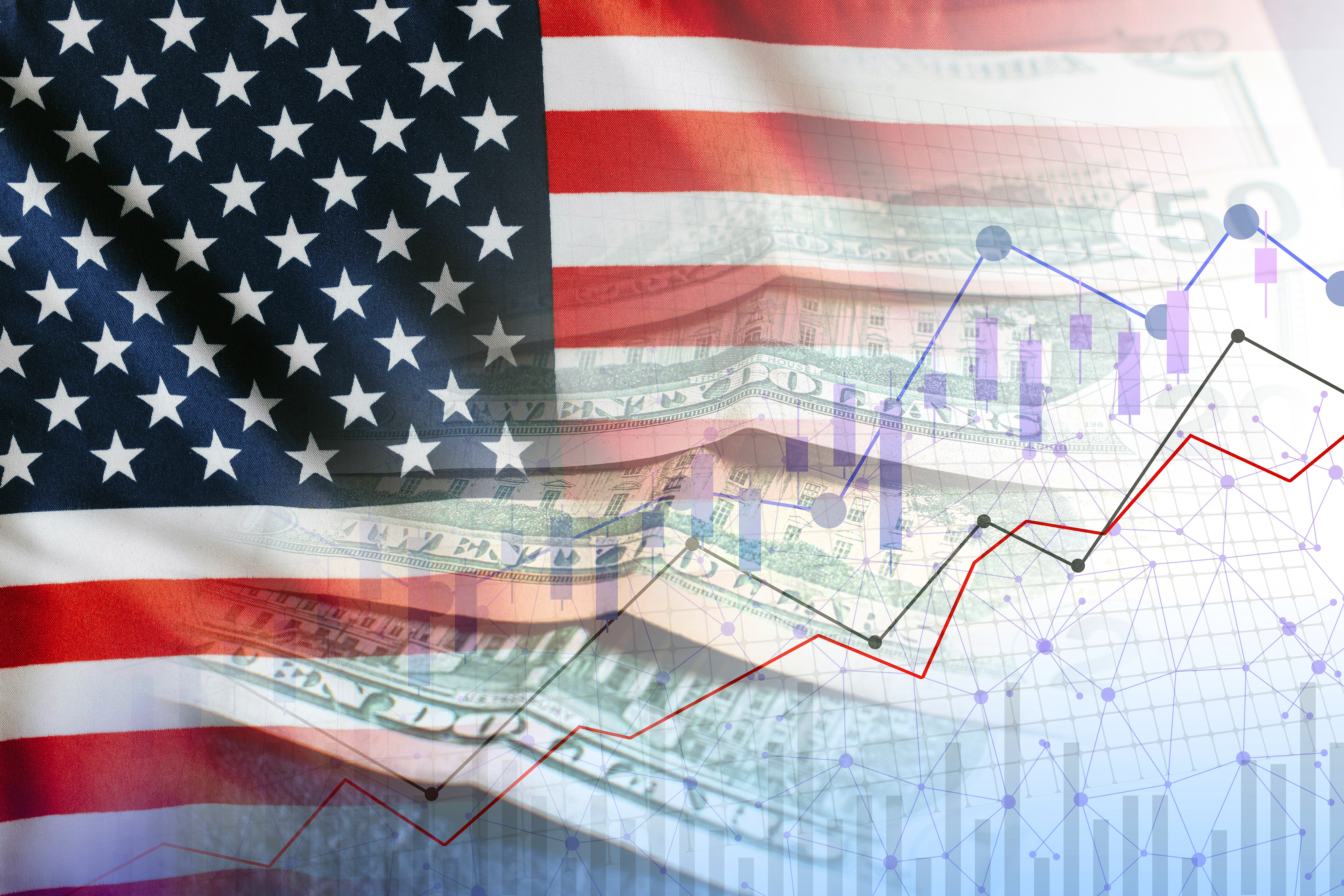ESG investing wanes as “dirty activism” spreads
The “green” stocks that make up many ESG portfolios aren’t doing so well, so money is going back into “brown” investments. And that’s no bad thing, says Merryn Somerset Webb.


Good news. You can now get 1.3% on a Green Savings Bond at National Savings & Investments (NS&I). Eagle-eyed readers will immediately note that this is 4.2 percentage points less than the rate of inflation in the UK, as the latest CPI numbers came in at 5.5%.
That’s true – and something of a problem – but nonetheless 1.3% is better than the 0.65% NS&I offered at the launch of the bonds just a few months ago, which is nice. NS&I says this niceness is based on the rise in base rates since October when it first launched the bond – Bank of England rates up; NS&I rates up.
But if that were all it was, it would make sense for the new rate to be 1.05% as the Bank of England has put rates up by 0.4 percentage points. Perhaps, then, the sharp rise is less to do with base rates than the lack of interest in the initial launch.
Subscribe to MoneyWeek
Subscribe to MoneyWeek today and get your first six magazine issues absolutely FREE

Sign up to Money Morning
Don't miss the latest investment and personal finances news, market analysis, plus money-saving tips with our free twice-daily newsletter
Don't miss the latest investment and personal finances news, market analysis, plus money-saving tips with our free twice-daily newsletter
NS&I reckoned at the time that the very word “green” would get people in – that they’d be happy to limit their returns just to know that their money was somehow doing good. It seems NS&I may have been wrong. That’s important, as it gives us a small clue as to what might happen next in the investing world.
Over the past few years we have seen a wall of money hitting anything with the words ESG, sustainable, ethical or green somewhere in its name. By the middle of last year 90% of equity fund inflows in the UK were going into ESG (environmental social and governance) funds according to research group Calastone, which refers to it as the ESG “gold rush”).
That’s partly because people feel they’d like the world to be a better place and see this as one way to make that happen. But it is also because they have been told that investing in funds that are branded with one version of do goodery or the other will outperform: saving the world one Isa contribution at a time will not just be painless, but profitable too. Virtue has its own reward.
Green investments aren’t doing so well
There is a problem with this story. First, it doesn’t have a very long record: there has only been a critical mass of ESG-style investments to analyse for a decade and most of the money has come in since 2015.
Second, that record has coincided with a low interest-rate driven boom in the kinds of growth stocks that fit neatly into an ESG story – think renewable energy, tech stocks and, well, anything that doesn’t make much money yet. Low rates make future profits worth more in industry valuation models.
It has also been one of the drivers of its own story: the more money comes into ESG, the more money goes into ESG-friendly stocks, the more momentum those stocks get and the better the strategy looks.
Until it doesn’t. Welcome to 2022. The ten biggest actively managed ESG funds tracked by Morningstar fell on average by 9.2% in January – while the MSCI World index fell a mere 5.3%.
The shares that were never supposed to do well again are soaring – BP is up 31% in the past six months, Shell (which has just reported its highest quarterly profits since 2014) by 37% and Glencore by 30%.
The UK market itself is even outperforming – something that, given its bias to grubby miners and oil stocks, really was not supposed to happen. At the same time the stocks that have long helped ESG-branded funds keep their outperformance rolling along are tanking. The iShares Clean Energy ETF is off 11% so far this year, for example.
Growth stocks as a whole are suffering. Ned Davis Research notes that 76% of the large-cap growth stocks it watches are now “trading at least 20% below their 252-day highs, compared to only 14.2% of large value stocks”. Maybe the reason ESG funds did well wasn’t because of their ESG focus but because interest rates and oil prices were very low. And maybe they aren’t doing so well now because both are rising.
Whoops. Makes you want to be a bit dirtier doesn’t it? You aren’t alone. January 2022 was the first month of negative net inflows into ESG funds on the Hargreaves Lansdown platform since March 2020. The year-on-year shift from January 2021 was especially sharp. January 2021 was a record-breaking month so we must not jump to conclusions, but still it’s interesting to see how fast losing money makes people less interested in sustainable labels.
Unfortunately, this comes with a problem for the fund management industry. After all that virtue signalling, how do they row back so they can own the stuff that is going up too?
Buy brown to go green
Easy. The ESG arena is jammed with greenwashing, vague promises of purpose and mission creep already. But it is perfectly possible to make the definitions even more flexible, as so often in finance. Aviva is on top of this. Its chief executive Mark Versey is mad for ESG – and keen for all investors to be “active stewards of capital”.
Aviva Investors has written to 36 finance ministers asking them to adopt global climate disclosure standards, for example. And if you go to Aviva’s website the first headline is “From climate change to climate transition”. The next two cover the same subject.
However, Versey has also recently noted that a large number of green assets are “frankly overpriced” and that one might be better “buying brown and helping it to become green.”
Divestment? That’s over. Holding Glencore but nagging them a bit about their – very profitable – thermal coal business, talking mostly about the nickel and copper they produce for battery manufacture and making sure everyone knows you are attending ESG week at the Energy and Mining Forum? It’s the new sustainable.
This shift isn’t necessarily a bad thing – starving the companies that produce the metals and fossil fuels that sustain our economies and our living standards was always silly. But you should at least understand what’s happening – as ever, your money might not be going quite where you think it is.
Finally, a note on the new NS&I green bond. Buy it and you will sacrifice hard cash for good feelings. It is fixed for three years. At the end of those three years anyone putting in £5,000 will have £198 in interest, notes AJ Bell. If you went for the best paying three-year account on the market at the moment you’d get £87 more. Something to think about.
• This article was first published in the Financial Times
Sign up for MoneyWeek's newsletters
Get the latest financial news, insights and expert analysis from our award-winning MoneyWeek team, to help you understand what really matters when it comes to your finances.
Merryn Somerset Webb started her career in Tokyo at public broadcaster NHK before becoming a Japanese equity broker at what was then Warburgs. She went on to work at SBC and UBS without moving from her desk in Kamiyacho (it was the age of mergers).
After five years in Japan she returned to work in the UK at Paribas. This soon became BNP Paribas. Again, no desk move was required. On leaving the City, Merryn helped The Week magazine with its City pages before becoming the launch editor of MoneyWeek in 2000 and taking on columns first in the Sunday Times and then in 2009 in the Financial Times
Twenty years on, MoneyWeek is the best-selling financial magazine in the UK. Merryn was its Editor in Chief until 2022. She is now a senior columnist at Bloomberg and host of the Merryn Talks Money podcast - but still writes for Moneyweek monthly.
Merryn is also is a non executive director of two investment trusts – BlackRock Throgmorton, and the Murray Income Investment Trust.
-
 Review: Atzaró Agroturismo Hotel – Ibiza, but not as you know it
Review: Atzaró Agroturismo Hotel – Ibiza, but not as you know itTravel The Atzaró Agroturismo Hotel is a sanctuary on the Balearic island, says Dan McEvoy
-
 'Ignore the gloom: US stocks are a buy'
'Ignore the gloom: US stocks are a buy'Opinion The consensus says the age of American exceptionalism is over. But that is not the way to bet, says Max King
-
 Halifax: House price slump continues as prices slide for the sixth consecutive month
Halifax: House price slump continues as prices slide for the sixth consecutive monthUK house prices fell again in September as buyers returned, but the slowdown was not as fast as anticipated, latest Halifax data shows. Where are house prices falling the most?
-
 Rents hit a record high - but is the opportunity for buy-to-let investors still strong?
Rents hit a record high - but is the opportunity for buy-to-let investors still strong?UK rent prices have hit a record high with the average hitting over £1,200 a month says Rightmove. Are there still opportunities in buy-to-let?
-
 Pension savers turn to gold investments
Pension savers turn to gold investmentsInvestors are racing to buy gold to protect their pensions from a stock market correction and high inflation, experts say
-
 Where to find the best returns from student accommodation
Where to find the best returns from student accommodationStudent accommodation can be a lucrative investment if you know where to look.
-
 The world’s best bargain stocks
The world’s best bargain stocksSearching for bargain stocks with Alec Cutler of the Orbis Global Balanced Fund, who tells Andrew Van Sickle which sectors are being overlooked.
-
 Revealed: the cheapest cities to own a home in Britain
Revealed: the cheapest cities to own a home in BritainNew research reveals the cheapest cities to own a home, taking account of mortgage payments, utility bills and council tax
-
 UK recession: How to protect your portfolio
UK recession: How to protect your portfolioAs the UK recession is confirmed, we look at ways to protect your wealth.
-
 Buy-to-let returns fall 59% amid higher mortgage rates
Buy-to-let returns fall 59% amid higher mortgage ratesBuy-to-let returns are slumping as the cost of borrowing spirals.